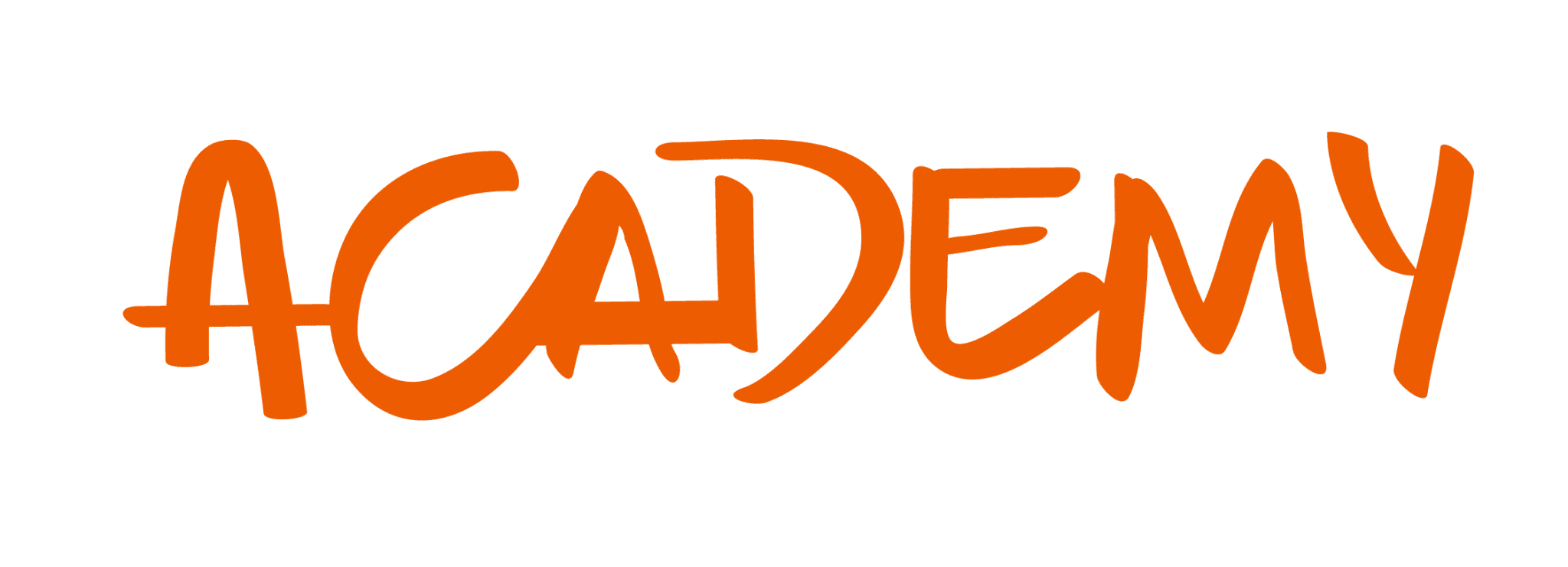What is the organizational structure within an ad agency?
Small agencies or large agencies have structured ways of doing things guided by an existing organizational structure. So, an advertising agency’s structure is the arrangement of various departments working together to perform specific tasks to give a desired and best-expected output. The elements in consideration are the marketing department, account services, media department, creative services, finance department, client services, digital marketing, production department, traffic department, and project management.
Why organizational Structure is key to agency growth
It doesn’t matter if your agency has 100 employees or is brand new, in both cases your structuring has a direct impact on scalability, culture, efficiency, and client success. Agencies are bound to suffer without the use of a well-thought-out structure.
The agency will experience frustrations, miscommunication, and poor results, if they do not choose the most convenient structure so that the operation of the company is as efficient as possible.
You should then ask yourself some pertinent questions, such as what options are the best one for your company type? Should there be a separation between account management and execution? Should you initiate remote operation? What considerations should be given attention when adjusting or creating an organizational chart? All this thinking about how to scale faster, more orderly and efficiently.
Some of the main reasons why the proper organizational structure is so crucial to agency growth are:
- Organizational structure is significant to agency growth as it provides clarity and guidance on distinct human resource issues like managerial authority. The authority outlines the roadmap to where the agency intends to go and what to achieve.
- Through the organizational structure, agency employees are guided on the laid-out official reporting relationships governing the company workflow. The employees can attain their set targets towards the company growth through excellent reporting systems and support offered by the same.
- A formal ad agency structure uncomplicates the addition of new positions as well as providing ready and flexible growth means. The new positions serve a greater role and need otherwise previously absent but necessary towards serving specific purposes geared towards agency growth.
- Organizational structure is key to agency growth as it initiates well-oiled departmental work, focusing its energy and time on productive tasks. The elimination of ambiguity at work realigns every department towards the attainment of a specific goal crucial to agency growth.
- An outlined rigorous structure provides a roadmap for internal employee promotions, granting ad agencies the ability to create employee advancement through stages. The workers become contented and put in more effort towards the agency’s sustainability.
- Organizational structures help with the attainment of accountability, centralization of responsibilities, clarified coordination and administration, and proper and stronger pooling and maintenance of talent. These are vital elements towards attaining agency growth as they lead to work efficiency and effectiveness.
- Organizational structure helps in cutting operational and other relevant costs of the agency as full-service delivery is available in-house. The structure ensures the filling in of the gaps that would require outsourcing of services. To control the quality of service delivery, the management teams ensure that excellent talent is brought in, to form part of the existing team members at a cheaper cost to produce everything in-house, leading to increased profitability and growth.
What are the main positions in an advertising agency?
Advertising agencies have a varied number of positions depending on the organizational structure adopted. The positions serve critical roles to the service delivery to clients and towards the agency growth. Various levels of positions exist ranging from the management team to junior employees, serving the same purpose of delivering on a client’s needs. Some of the main positions in an advertising agency are as discussed below.
- The management team is a composition of top-level managers tasked with vital agency decision-making and administration. This group of leaders is broken down into several components composed of the board of directors, agency president, managing director, general manager, and assistant.
- Middle-level managers are leaders below the top-level managers tasked with the translation of the made decisions and execution of the same. They also serve as a support system to employees below them. These leaders are art directors, creative directors, SEO, production manager, project manager, accounting manager, marketing manager, head of the customer service, advertising manager, head of the production, executive creative director, and head of technology.
- Junior-level employees are day-to-day operators of the company activities. They are first-line contacts to company customers or clients’ requests. They ensure to collect the right information about the client’s needs for proper and apt delivery of the sort service. Some of these employees are tasked with production at various levels, including designing and marketing and delivering on projects. These officers hold various positions, such as account executives, creative teams, designers, account managers, and marketers.
What is the most effective organizational structure?
It is hard to pin down the most effective organizational structure given that companies have varying preferences on what structure to use. At times companies blend organizational structures to increase their efficiency, effectiveness, and specialization in service delivery. The desire to achieve effectiveness sees some agencies switch from one structure to another more often. The structural design picked also lies with the size of the agency in focus as smaller agencies prefer flat structures to taller structures in the case of large agencies.
An effective organizational structure instituted should be an interactive one, allowing proper stakeholder engagements to reach the target audience. Smaller agencies pick on flat structures to quicken decision-making due to their state of rapid growth. Large agencies work with taller structures to simplify tasks and events to avoid work overload and keep track of operations. You cannot outrightly point to a specific right model. Some are, however, undeniably better options based on your agency size, desired culture, and industry.
The most common hierarchy organizational charts for agencies
A hierarchy system as adopted by agencies helps in grouping team members according to their responsibilities like account services, customer service, creative services, or marketing team. The hierarchy also enlists the structure of roles and reporting criteria. An agency hierarchy occurs in two perspectives of organic or mechanistic nature. The mechanistic hierarchy centralizes power and creates a formal relationship among team members. The organic structure is a proponent of cross-divisional collaboration to keep away the “gatekeeper” mentality, known for slowing company processes. There are three most commonly used hierarchy organizational charts for agencies, the traditional model, matrix model, and pod system.
The Traditional Model
This is a preference of many large agencies offering a variety of services. The model tackles affairs of managing many employees through centralized command detailing everyone’s reporting line. This model’s main undoing is the creation of silos and stifling of collaboration across divisions, though it is ideal for agencies offering specialized services.
The Matrix Model
The matrix model keeps conventional divisions and their heads with flexibility in allowing the formation of cross-divisional teams by blending mechanistic and organic structures of agency hierarchy. Using this model, full-service advertising agencies get to meet all of their client’s needs without having to create or experience large communication barriers between divisions. The model strives to blend the finest of both organic and mechanistic hierarchical structures. Low down to the model is that it creates confusion at times on whom to report to at any given time.
The Pod System
A pod is a small team of individuals with complementary skills like an Account Manager, who may or may not double as the Project Manager or Strategist, leading a team composed, for example, of PR Specialist, an SEO Specialist, Copywriter, PPC Specialist, and Designer. This hierarchy structure has a more organic approach, having done away with traditional account managers. The clients get to access four project leads planning, consumer/business strategy, creative lead, and project management lead. The leads can delegate tasks when necessary to other team members within the marketing agency. The model mainly eliminates immaterial senior posts, lessens approval times, encourages speedy creativity, and increases friendly accountability.
Other Agency Org Structures
Competition and digital disruption have led to radical changes in agency structures. The pressure comes from the advent of social media platforms, reduced clients’ advertising budgets, complaints on agency non-transparency practices, and personnel changes. Independent agencies are also taking over from traditional holding companies. The independent agencies are delivering on digital marketing, project management, advertising strategy development, content marketing, creative agency services, digital marketing strategy development, agency services, and account management. The response to such independent agencies by holding companies is an across-network collaboration to cut on cost and effectively deliver direct client experience with a deeper understanding of client’s needs. The holding companies also leverage their substantial pool of multifaceted and versatile talents.
The structure has shifted to breaking down silos through a horizontal reinvention of flexible team systems allowing talents to work across specific projects. The agency strategists are working their socks off in shifting structures from being shareholder-friendly to focusing on clients through public relations. Companies have shifted to compete in the digital space by engaging the services of a media planner to lead them in the chase using the best media platforms. The structures have thus become linear and leaner with a focus on client satisfaction.
What Is The Ideal Agency Structure?
It is hard to pick out the ideal agency structure, especially now that we are in the digital age. Technology permits collaborations around the world, opening doors for distant possibilities. Despite traditional organizational structures’ reputation for stifling collaboration and creating silos, they still work for agencies offering specialized services. Many organic models create an exciting synergy through decrease of formalities among team members.
While the pod system might come out to be too loose for a larger advertising agency, the matrix model has a lot of promise by allowing flexibility while retaining clear lines of authority.
Ultimately, the best hierarchy model for any agency is one that helps in keeping clients and employees satisfied.
The development of the right hierarchy for your advertising agency is only part of the battle. Agencies should therefore engage the use of software like COR to provide solutions of Project, Resource and Finances Management.















